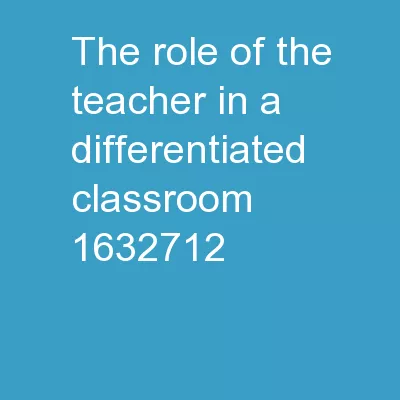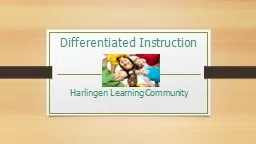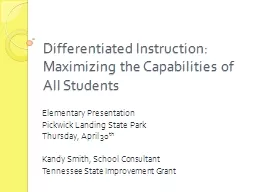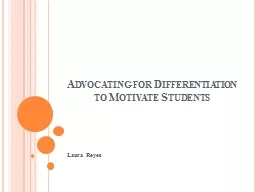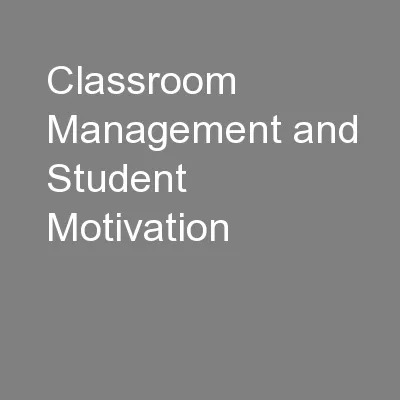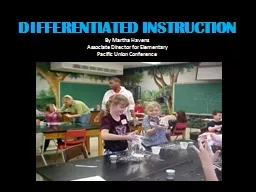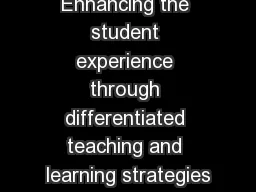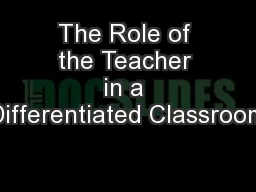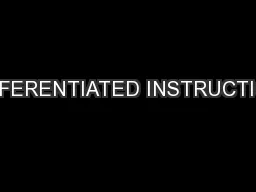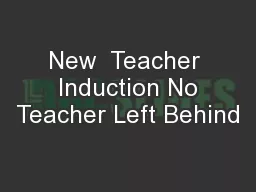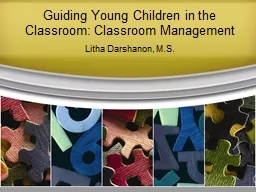PPT-The Role of the Teacher in a Differentiated Classroom
Author : tatiana-dople | Published Date : 2018-12-26
Presentation by One member of the History Wolf pack Mr Gregory Opening Tell me what you think of when you see the following pictures The Teachers Role in a Differentiated
Presentation Embed Code
Download Presentation
Download Presentation The PPT/PDF document "The Role of the Teacher in a Differentia..." is the property of its rightful owner. Permission is granted to download and print the materials on this website for personal, non-commercial use only, and to display it on your personal computer provided you do not modify the materials and that you retain all copyright notices contained in the materials. By downloading content from our website, you accept the terms of this agreement.
The Role of the Teacher in a Differentiated Classroom: Transcript
Download Rules Of Document
"The Role of the Teacher in a Differentiated Classroom"The content belongs to its owner. You may download and print it for personal use, without modification, and keep all copyright notices. By downloading, you agree to these terms.
Related Documents

